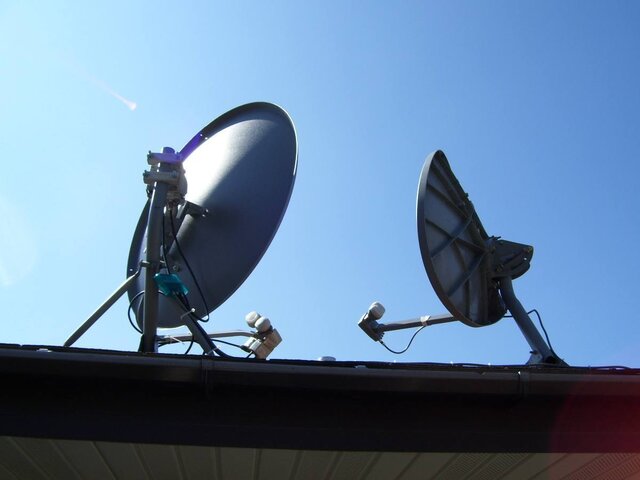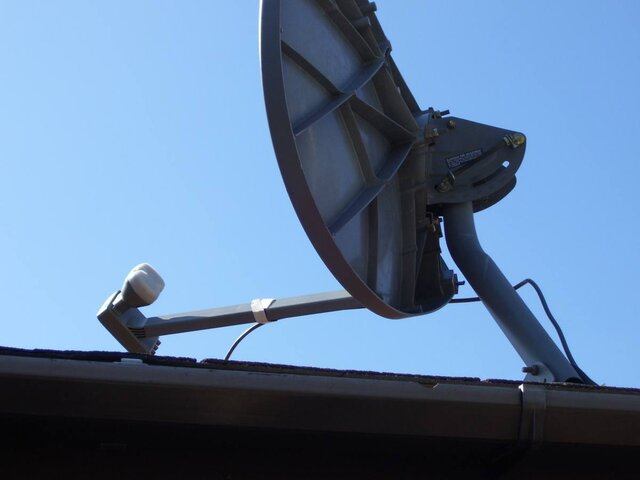I know this has been posted a few times here by PSB, gabshere, Iceberg and a few others, and I have read some of the posted comments. But, I do have a few questions that I would like to ask for an Inverted/Upside Down Dish Insatallation:
1) Is the Elevation on the Dish the same? For example if normal elevation is 12° upright what should it be inverted? If not how do you determine the right elevation?
2) I know Azimuth remains the same right?
3) LNB skew: Let's say normal setting is 43.°, what will it be inverted?
4) Will there be an increase in Quality if a Dish is installed upside down or inverted?
1) Is the Elevation on the Dish the same? For example if normal elevation is 12° upright what should it be inverted? If not how do you determine the right elevation?
2) I know Azimuth remains the same right?
3) LNB skew: Let's say normal setting is 43.°, what will it be inverted?
4) Will there be an increase in Quality if a Dish is installed upside down or inverted?





